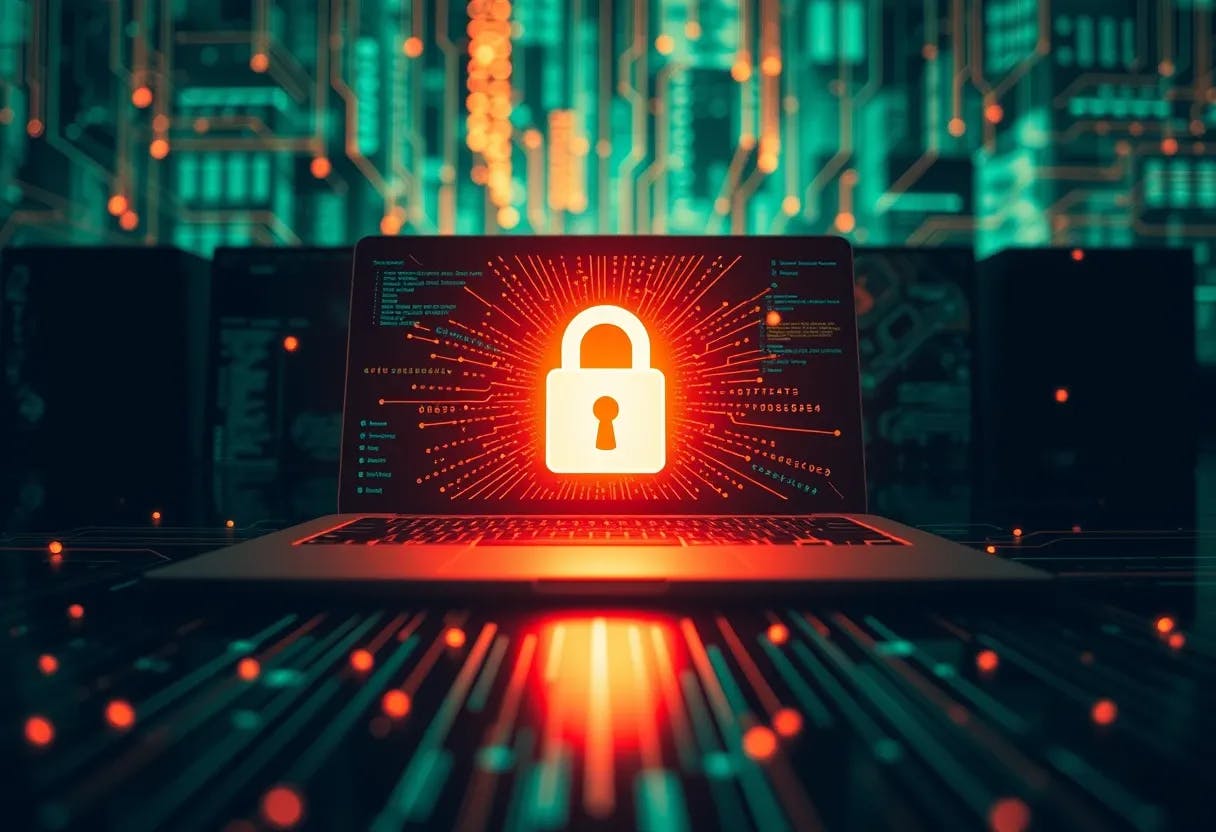311 reads
How to Handle Ransomware if You Are a Worldwide Multi-Platform Large-Scale Enterprise?
by
September 5th, 2024
Audio Presented by

The Digital Futurist. The | Gen AI | Agents | Blockchain | Quantum | Mastery Playbook. Subscribe!
Story's Credibility





About Author
The Digital Futurist. The | Gen AI | Agents | Blockchain | Quantum | Mastery Playbook. Subscribe!
